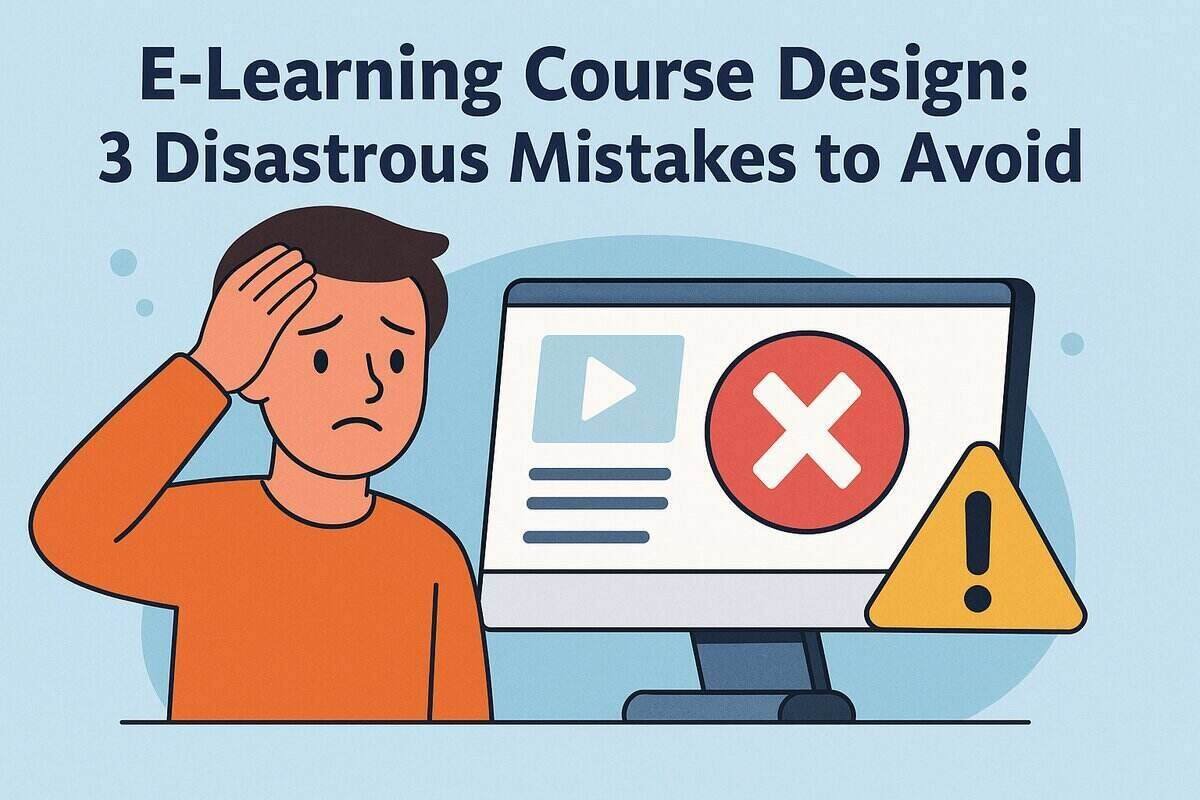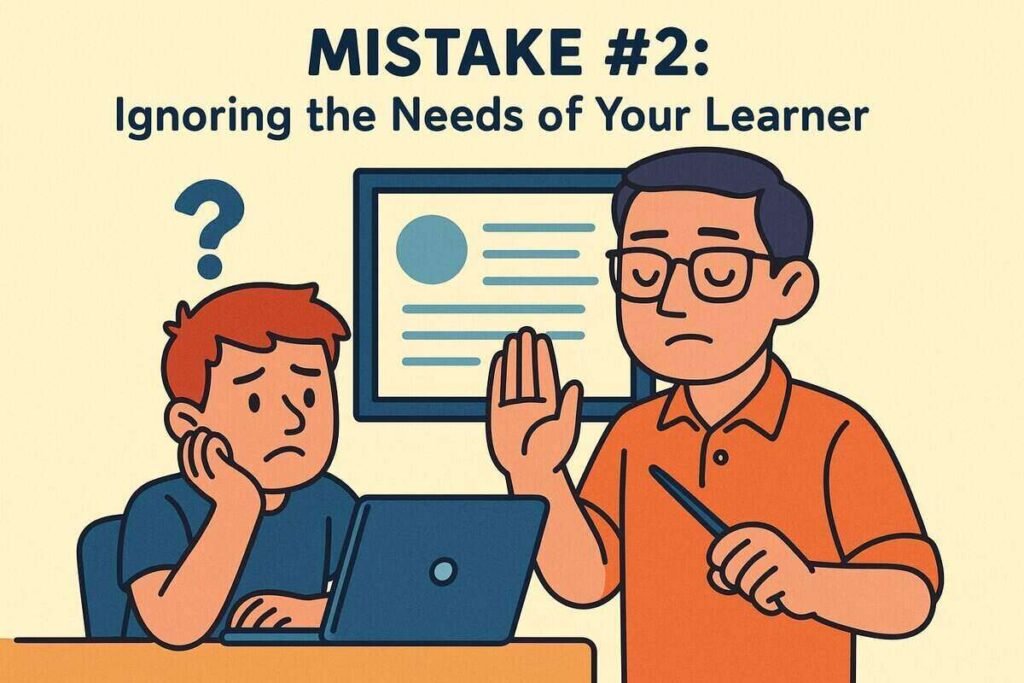Physical Address
304 North Cardinal St.
Dorchester Center, MA 02124
Physical Address
304 North Cardinal St.
Dorchester Center, MA 02124

E-Learning Course Design is at the heart of the digital education revolution, offering unprecedented opportunities to reach global learners anytime, anywhere. In today’s fast-moving online landscape, designing a successful e-learning course isn’t just a technical task—it’s a strategic, human-centered process that requires careful planning, creativity, and foresight. Yet despite the rise of sophisticated platforms and AI-powered tools, many course creators struggle to create experiences that truly resonate with their audience.
If you’ve ever poured hours into building a course only to face low completion rates, poor feedback, or total silence, you’re not alone. These challenges often stem from foundational mistakes made early in the design process—errors that even experienced educators and digital entrepreneurs fall prey to. E-learning isn’t just about presenting information—it’s about facilitating transformation. That means guiding learners through structured, emotionally engaging journeys that build real-world skills and lasting confidence.
In this article, we’ll explore three disastrous mistakes in e-learning course design that derail success and frustrate learners—and more importantly, we’ll show you exactly how to avoid them. Whether you’re a first-time course builder or a seasoned educator refining your approach, these insights will help you create more impactful, scalable learning experiences that truly deliver results.

When creating digital courses, it’s tempting to provide as much value as possible—more videos, more readings, more everything. But more isn’t always better.
According to Harvard Business Publishing, adult learners retain information better when it’s spaced and structured clearly.

Course creators sometimes focus so much on content that they forget who it’s for. Without understanding your learner’s background, challenges, and goals, you risk designing for no one.
The Cleveland Clinic emphasizes the importance of empathy and audience-centric communication in all forms of education—online or off.
Creators often believe that a polished video and downloadable PDF are enough. But online learning is not passive. Without interactive elements, learners check out.
According to Mayo Clinic, real-time feedback and interactive environments significantly improve behavioral change and knowledge retention.
| Feature | Passive Learning | Interactive Learning |
|---|---|---|
| Learner Engagement | Low | High |
| Knowledge Retention | Short-term | Long-term |
| Feedback Availability | Rare | Frequent |
| Community Interaction | None | Active Discussion Forums |
Some of the most common errors include information overload, ignoring learner needs, and failing to integrate interaction and feedback.
High engagement leads to better retention, more course completions, and improved learner satisfaction.
Start by clearly identifying your learner, structuring your content into modules, and incorporating feedback mechanisms throughout.
The world of online education is rich with opportunity—but only for those who avoid the most disastrous mistakes in e-learning course design. Whether you’re building your first digital course or improving an existing one, your commitment to clarity, empathy, and interactivity will set your work apart.
Now that you know what to avoid, it’s time to take action. Share this article with fellow educators or explore more expert content on our blog to keep improving your design skills.